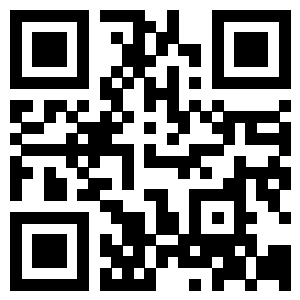The welding terminal is connected to the terminal through welding, and the crimping terminal is connected to the terminal through special tools.
Terminal refers to one end of the wire, also known as the head of the wire, that needs to be connected to another end through crimping or welding. It is called a crimping terminal, collectively known as a crimping terminal.
2. The terminal is a battery<span font size: 16px; Background color: # ffffff; Style="box sizing: border box; The component connected to external conductors. In electrical engineering, terminals often refer to wiring terminals, also known as wiring terminals, which can be classified into single hole, double hole, socket, hook, etc. From the perspective of materials, they can be classified into copper silver plating, copper zinc plating, copper, aluminum, iron, etc.
When are the external wiring with and without terminals applied separately? Is it applicable when it is less than 6 square meters? Is it usually set with terminals or without terminals? When to apply welding (pressing) copper terminal blocks.
1. External wiring with or without terminals refers to connecting wires to the terminal posts of the terminal board. The work scope in the quota includes: unpacking, inspection, installation, meter disassembly, testing, wire calibration, insulation pipe installation, crimping terminals, and wiring;
2. Whether it is equipped with or without terminals depends on design or construction requirements. If the installation cost of the box includes wiring and terminal content, this cost will not be charged;
3. The cross-sectional area of the conductor in the quota is 2.5 and 6;
4. The provisions of the Code for Acceptance of Construction Quality of Building Electrical Engineering GB 50303-2002 are as follows:
General items
The connection between the core wire and electrical equipment should comply with the following regulations:
Single stranded copper core wire and single stranded aluminum core wire with a cross-sectional area of 10mm2 or less are directly connected to the terminals of equipment and appliances;
Multi stranded copper core wires with a cross-sectional area of 2.5mm2 or less are tightened with tin or connected to terminals of equipment and appliances;
Multi stranded copper core wires with a cross-sectional area greater than 2.5mm2, except for the built-in plug-in terminal of the equipment, are connected to the terminal of the equipment or appliance after connecting the terminal; Before connecting multiple copper core wires to plug-in terminals, tighten the ends with tin lining;
Connect the multi-strand aluminum core wire to the terminals of equipment and appliances after connecting the terminals;
 简体中文
简体中文

